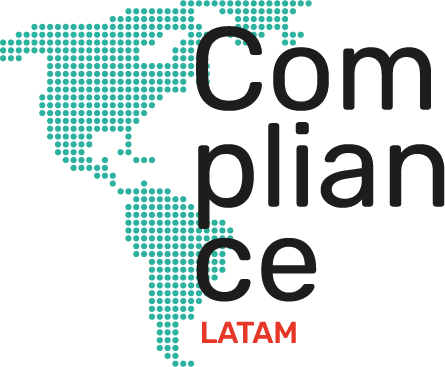In Resolution No. SCVS-INC-DNCDN-2020-0013 of September 1, 2020, the Superintendence of Companies, Securities and Insurance (hereinafter, “SCVS”) issued the Ecuadorian Norms for Good Corporate Governance (hereinafter, the “Norms”).
The resolution defines Corporate Governance as “the control and management system of commercial companies”. To this end, it establishes a series of “principles” and “guidelines” that companies may incorporate into their processes.
The principles are as follows:
Equality: refers to fair and equitable treatment of shareholders for an honest and responsible conduct of the company;
Transparency: it is the obligation to inform, to be accountable for its operations;
Responsibility: the sustainability of the company must be ensured; and,
Voluntariness: the guidelines and principles are voluntary for companies to apply.
There are seven guidelines that should be considered for the correct management of corporate governance:
1) Shareholders’ rights and equitable treatment.
The way the company is governed should be practical and shareholders should allow a director to operate the company. Ideally, it should be a person who knows the business.
However, this does not mean not recognizing that shareholders maintain their rights to (i) make decisions at the general shareholders’ meeting; (ii) receive information; and, (iii) participate in the company’s profits.
On the other hand, the Norms indicate that shareholders of the same class must be treated equally. In any case, agreements between shareholders establishing conditions for the negotiation of shares and others are allowed, but these shall not be enforceable against third parties and may not be detrimental to minority shareholders.
2) The General Shareholders’ Meeting or Shareholders’ Meeting
The Norms seek to reestablish confidence in the general meeting or shareholders’ meeting as the supreme body of the company. The idea is that each meeting should act with formality, transparency and efficiency, since it is a basic decision-making and control body of the companies.
In other words, the general meeting or assembly must control the running of the company, monitoring the delegation made to the administrator by means of a permanent supervision that guarantees the correct functioning of the company.
3) The Board of Directors
The Board of Directors is the collegiate body in charge of being the link between the shareholders, the administrator and third parties. The purpose of the Board of Directors is to protect the company’s business and to be the body in charge of ensuring that the governance system is always focused on protecting the company’s interests.
Regardless of whether the Board of Directors is elected by the shareholders, it must always look after the best interests of the company.
4) Family Governance
Family Governance refers to preserving the total or majority control exercised by a given family in a corporate structure. The objective is to adapt the estate planning in order to avoid family conflicts or, in case they arise, to ensure that adequate dispute resolution mechanisms are in place.
To this end, the Norms establish basic guidelines for establishing and managing a Family Assembly or a Family Council. One of the most important recommendations is to create a “Family Protocol” containing a series of rules that seek to guarantee relationships, unity, harmony and, above all, the continuity of the family in the business.
5) Control Architecture
This refers to risk management, internal control systems, information and communication, and monitoring of the companies’ operational activities.
Basically, the control architecture allows the company to have a structure, policies and procedures that are known and complied with by all the people who are part of it. For example, it is recommended to establish an Audit Committee to ensure transparency.
6) Transparency and financial and non-financial reporting
Transparency is the cornerstone of the company’s oversight. The Standards recommend creating a disclosure policy that includes the information that may be disclosed, the manner in which it will be shared, the recipients of the information and the procedures to ensure that the information to be disclosed is protected.
In addition, it is recommended that a system be established to ensure that potential conflicts of interest are resolved.
Finally, companies that adhere to the Corporate Governance Standards must submit to shareholders an Annual Corporate Governance Report together with the management report and the financial statements.
The purpose of this report is to explain the degree of compliance with the Corporate Governance guidelines in order to determine its success.
7) Measures to mitigate corruption
As mentioned in the previous section, it is the obligation of management to prepare and approve an annual Corporate Governance report. The purpose of this document is to adopt new corporate skills to identify improper practices and apply the respective controls to combat them or, if they already exist, to adopt measures to mitigate or remedy the eventual damages that may derive from acts of corruption.
In addition to these limitations, the Standards recommend that companies adopt corporate compliance programs and anti-corruption practices. This program should essentially include the identification of illicit activities, the implementation of a code of ethics or conduct aimed at members and employees regardless of their position, and protocols for action in the event of a possible corruption scenario.
In general, the entity in charge of this guideline and its observance should be the Risk Management Committee or whoever takes its place.




